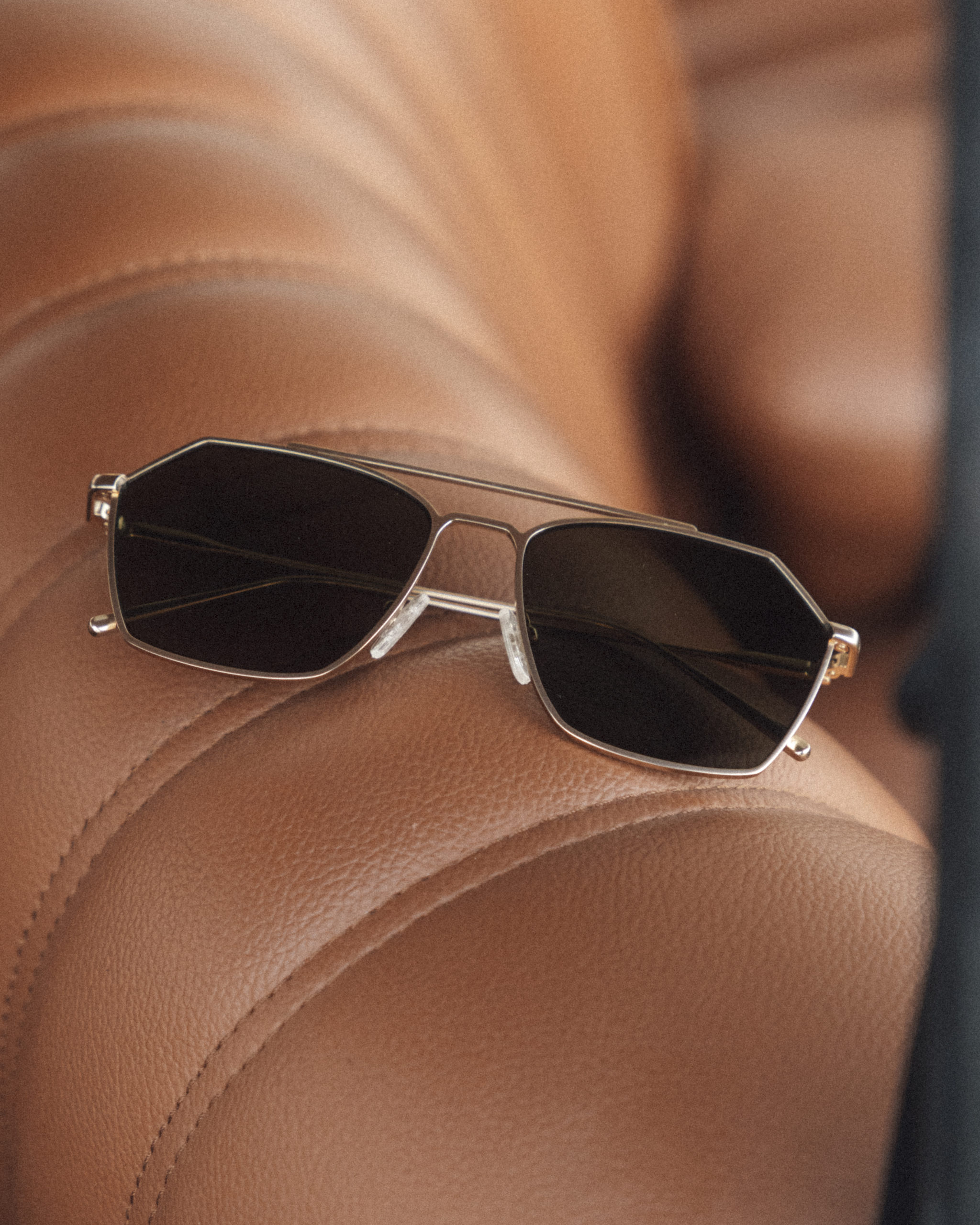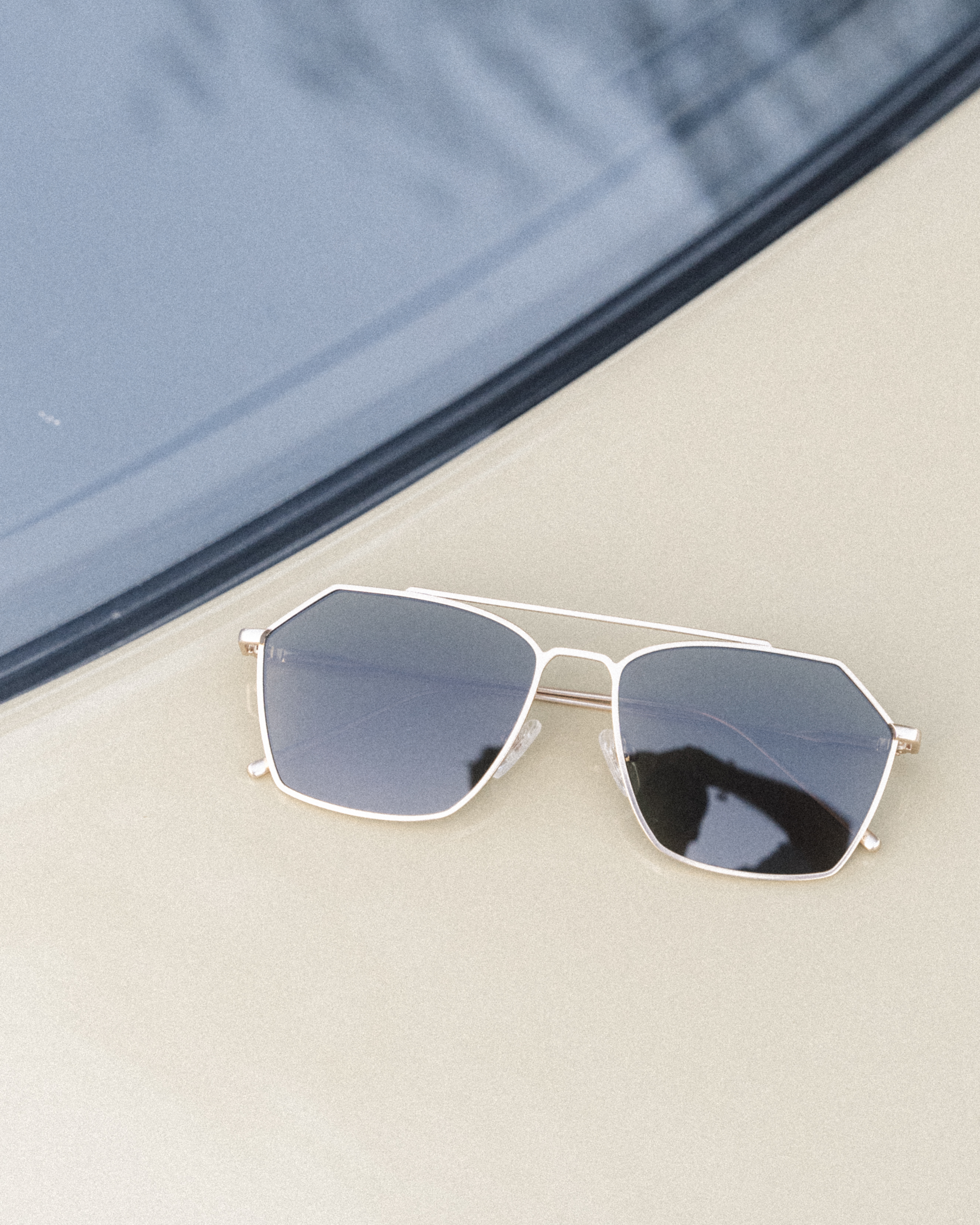
If anyone has told you in the past that contact lenses are not an option for you because you have an irregular cornea or due to some other eye problems, you may want to get a second opinion and ask your ophthalmologist about scleral contact lenses.
Scleral contacts are specially designed gas permeable contact lenses with a large diameter and are designed in such a manner that they vault over the entire corneal surface and rest cornea (the white part of the eye). By doing so, these scleral lenses functionally replace the irregular shaped cornea with a smooth and perfect optical surface thereby correcting the vision problems that are caused by keratoconus and other corneal irregularities. Also, the space that is created between the back surface of a scleral lens and cornea acts as a fluid reservoir that helps those who have severe dry eyes and are otherwise not able to tolerate contact lens wear.
What Are The Types Of Scleral Contact Lenses?
 Scleral contacts are much larger in size than the standard gas permeable (GP) contact lenses or have a diameter which is equal to or more than that of soft contact lenses. The smallest scleral contact lenses are approximately 14.5 mm in diameter, while the largest scleral lenses can go up to 24 mm.
Scleral contacts are much larger in size than the standard gas permeable (GP) contact lenses or have a diameter which is equal to or more than that of soft contact lenses. The smallest scleral contact lenses are approximately 14.5 mm in diameter, while the largest scleral lenses can go up to 24 mm.
Technically, scleral lenses that are 18 mm or smaller in diameter are subcategorized as mini-sclerals. The diameter of an average human cornea is around 11.8 millimetres which means that even the smallest designed scleral lenses can cover the entire surface of the cornea.
In comparison, most conventional gas permeable contact lenses are around 9.0 to 9.5 mm in diameter and they are able to cover only 75 to 80 percent of the corneal surface.
Another category of gas permeable lenses known as corneo-scleral contact lenses are designed to bridge the size gap between conventional gas permeable contact lenses and mini-sclerals. Corneo-scleral lenses are usually around 13 to 15 mm in diameter.
Corneo-scleral lenses are often recommended to people who need larger-than-normal gas permeable contact lenses for greater comfort. They are also frequently prescribed to people who need contact lenses after undergoing LASIK or any other corneal refractive surgery for correcting an irregular astigmatism.
The size of the scleral lens recommended is usually determined on the basis of severity and complexity of the condition. For milder forms of keratoconus in people with irregular astigmatism from refractive surgery and corneal grafts, scleral lenses at the smaller end of the spectrum are often recommended. Smaller scleral lenses and mini-scleral contact lenses are usually easier to apply, tend to be less expensive and need fewer care products.
People who have more complex eye problems such as advanced keratoconus, severe ocular surface disease or pathologically dry eyes that may need a much larger tear reservoir, often benefit from larger scleral lenses. This is because larger scleral lenses have the capacity to store more fluid or bridge large changes that appear along the corneal curvature. When you go for your contact lenses examination and fitting, your eye specialist will work out the best scleral lens type and size for your specific eye care needs.
What About Scleral Contact Lenses For Keratoconus?

Keratoconus is a progressive eye condition in which there is thinning of the clear front surface of the eye known as the cornea, which causes the cornea to get distorted into a cone-like shape. Keratoconus leads to distortion of vision which cannot be corrected with the help of eyeglasses. As the cornea keeps becoming irregular in shape, this leads to progressive near-sightedness along with irregular astigmatism. This causes additional vision problems leading to distorted and blurred vision. People with keratoconus commonly experience glare and sensitivity to light. They often need changes in their eyeglass prescription every time they visit their ophthalmologist. Many ophthalmologists and optometrists often recommend scleral contact lenses to people who have keratoconus. These lenses are also prescribed to people who have “hard to fit eyes”, which means eye conditions that can make fitting of contact lenses as well as comfort of lenses more challenging.
In people who have an early stage keratoconus, standard gas permeable contact lenses lens may be prescribed. However, if the lens is not able to get centred properly over the eye and tends to move excessively while blinking, it can cause a considerable amount of discomfort. In such cases, switching over to large-diameter scleral contact lenses may be the best solution. This is because these scleral contact lenses are designed such that they vault the entire corneal surface and finally rest on the less sensitive surface of the sclera, making lens wear much more comfortable for those who have keratoconus.
Also, scleral lenses are designed in such a manner that they should fit with minimal or no lens movement as the eye blinks, making them much more stable on the eye as compared to the conventional corneal gas permeable lenses.
Which Other Eye Problems Can Scleral Lenses Be Prescribed For?
In addition to keratoconus, there are many other eye problems for which scleral lenses may be recommended. These include people who have severe dry eyes caused by various conditions such as Stevens-Johnson syndrome, Sjogren’s syndrome, graft-versus-host disease (GVHD) and eyes that have undergone a corneal transplant.
Latest technical innovations and advances in lens design are now allowing manufacturers around the globe to design scleral lenses that are able to correct more conditions than ever before, such as use of bifocal scleral lenses for the correction of presbyopia.
Are Special-Effect Scleral Contacts The Same As Scleral Contact Lenses?
Sometimes special-effect contact lenses that dramatically alter the appearance of the eyes are described as “scleral lenses” or “sclera lenses”. These contact lenses are however designed for cosmetic reasons only ( theatrical contact lenses or gothic lenses or Halloween contact lenses) and are basically soft lenses with no other resemblance to scleral gas permeable contact lenses other than their large diameter so as to fully mask the corneal surface. They are mostly designed for only cosmetic purposes and are not for correction of vision.
What About The Cost Of Scleral Contact Lenses?
Since the scleral contact lenses are custom-made for each person, therefore their fitting demands a higher level of expertise compared to the soft or conventional gas permeable contact lenses. During the fitting process, computerized maps of the curvature of the entire cornea are generated to facilitate the process of lens fitting. Also, several trial lenses of varying sizes and curvatures may also be applied to the eye during the fitting process in order to determine the right fit. Additionally, depending on how each individual eye tolerates the scleral lens and the level of complexity of the problem, various adjustments of lens parameters may be needed, which require additional lenses to be designed and exchanged. This entire process of scleral lens fitting may take several visits to finally determine the optimal lens that suits each eye perfectly.
While there are many who have switched over to scleral lenses from soft or corneal gas permeable lenses, the entire process of applying, removing and finally adjusting to scleral lenses may take some time and some practice. This additional time that the wearer may take to master the technique (owing to the larger size of the lenses and the fluid reservoir under the lenses) should be taken into consideration during the fitting process.
For above mentioned reasons and other factors, scleral contact lenses may cost significantly more than the standard contact lenses. In fact, it has been seen that scleral contacts can cost three or four times more than the conventional lenses. While not always, but in cases when a highly customized and complex scleral lens is required, the costs can go as high as $4,000 per eye or more.
Unfortunately, most insurance programs do not automatically cover the entire cost of these contact lenses. At times, vision insurance may help in bringing down the overall cost of your lens and/or fee/fitting. It may therefore be helpful to consult your medical insurance provider and inquire about the steps that you should be taking to ensure that you obtain the optimal insurance coverage . You can also speak to your eye doctor’s office for more details regarding the same. There are many eye practitioners who offer various financing solutions to their patients who opt for scleral contact lenses.




